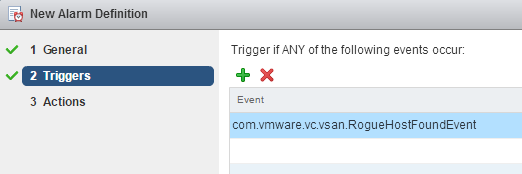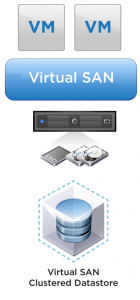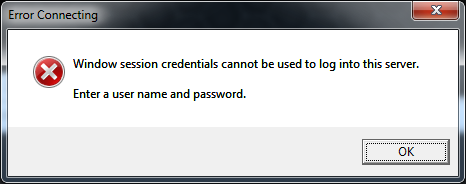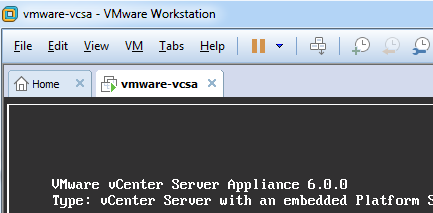Evaluate PernixData FVP with replayed Production IO Traces
Using synthetic workloads to test drive PernixData FVP might result into odd findings. The most meaningful approach to test FVP is to deploy the software to production in monitor mode, let Architect do its magic and enable acceleration after checking the recommendations after a couple of days. Despite it is possible to deploy FVP, test drive, and remove it, without any downtime to virtual machines, this approach might not fit to all environments.

If you have separate DEV/QA environments with sophisticated load generators, the solution is obviously. If you don't have that, there is another option by record production I/O traces and replay them in a FVP accelerated test platform.
Read More »Evaluate PernixData FVP with replayed Production IO Traces



 I was wondering if it possible to speed up my Intel NUC based ESXi with Virtual SAN. The idea is that compared against vSphere Flash Read Cache, Virtual SAN can use the SSD not only as read cache but also as write buffer. This post explains how you can create a Virtual SAN Datastore on a single ESXi host from the command-line without a vCenter Server.
I was wondering if it possible to speed up my Intel NUC based ESXi with Virtual SAN. The idea is that compared against vSphere Flash Read Cache, Virtual SAN can use the SSD not only as read cache but also as write buffer. This post explains how you can create a Virtual SAN Datastore on a single ESXi host from the command-line without a vCenter Server.

 For troubleshooting or in scripts you might want to identify if you Linux is running as a Virtual Machine. If you work with puppet you might be familiar with facter which provides the facts "is_virtual" (true or false) and "virtual" (Virtualization type).
For troubleshooting or in scripts you might want to identify if you Linux is running as a Virtual Machine. If you work with puppet you might be familiar with facter which provides the facts "is_virtual" (true or false) and "virtual" (Virtualization type).